Innovation
The story of the Tyrrell shed that began a Formula 1 championship-winning dynasty
by Samarth Kanal
6min read
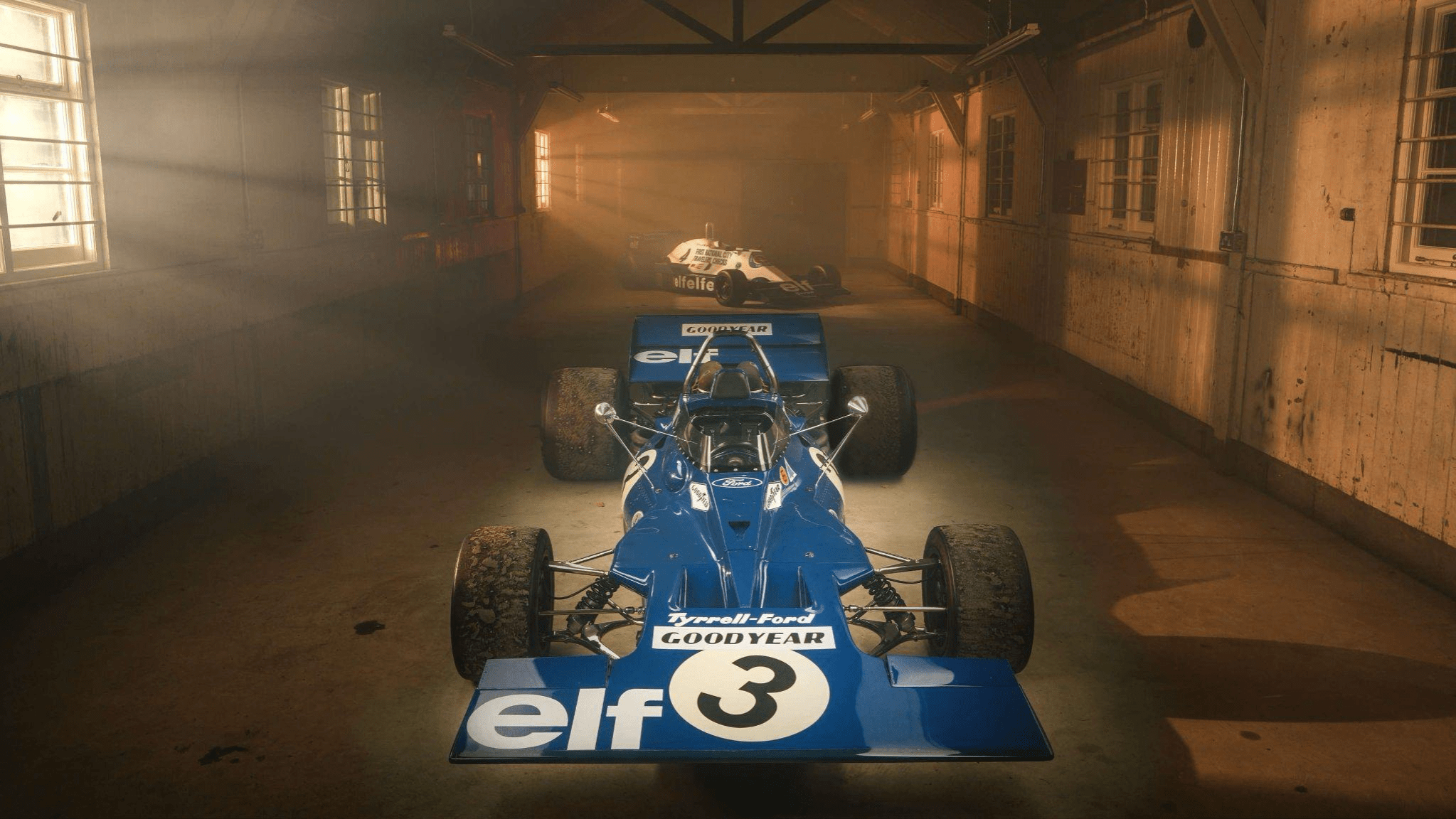
The roots of the Formula 1-conquering Mercedes team can be traced a long way - back to a 126 square metre shed. Now saved from demolition and restored to its former glory, this building once spawned championship-winning F1 cars for a very different team: Tyrrell.
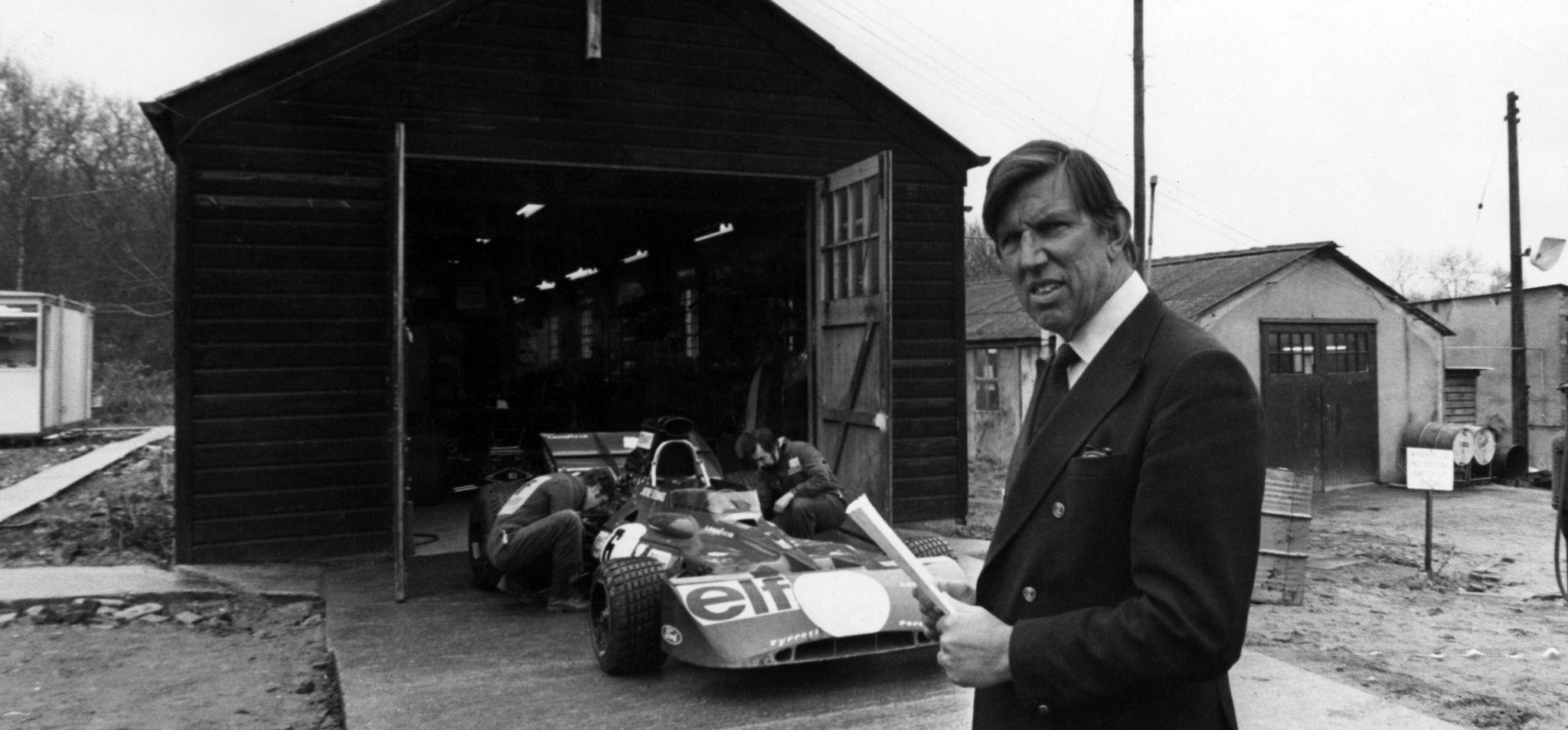
Team founder Ken Tyrrell outside the shed in 1971 - the year his team won the constructors’ and drivers’ championships
The origins of the Tyrrell shed

Jackie Stewart won the 1971 and 1973 drivers’ championships with Tyrrell
Life at Tyrrell
.jpg?cx=0.5&cy=0.5)
The Tyrrell 001 and Tyrrell 008 in the shed at the 81st Goodwood Members’ Meeting in 2024
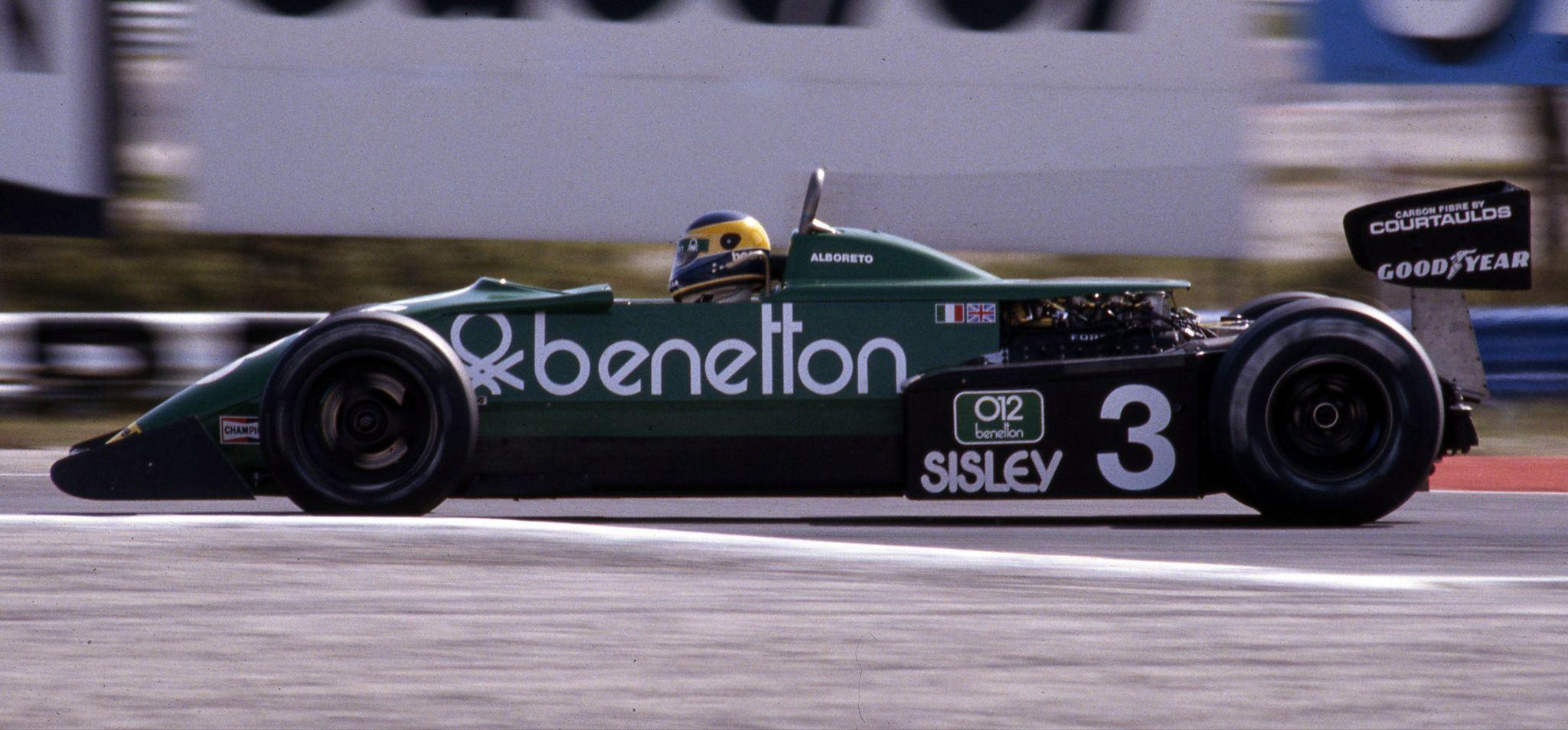
<p class="p1">Tyrrell 011 secured two grand prix victories for the team with 1982 being the only full season campaigned by the car</p>
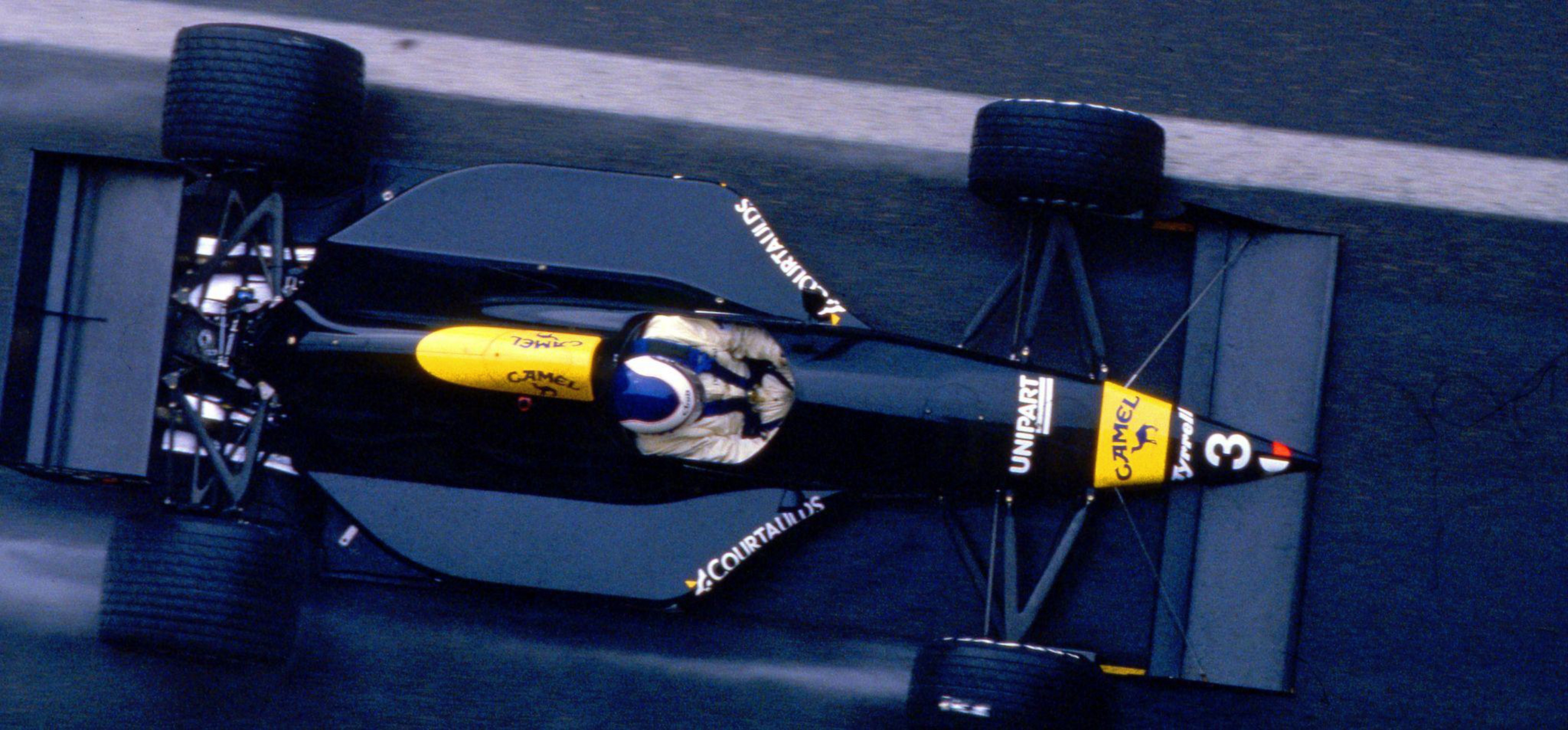
Tyrrell 017 was designed without sufficient wind tunnel time. By the late 1980s, the team did not have sufficient resources to compete effectively
Why did the Tyrrell shed need restoring - and how will it be used in the future?
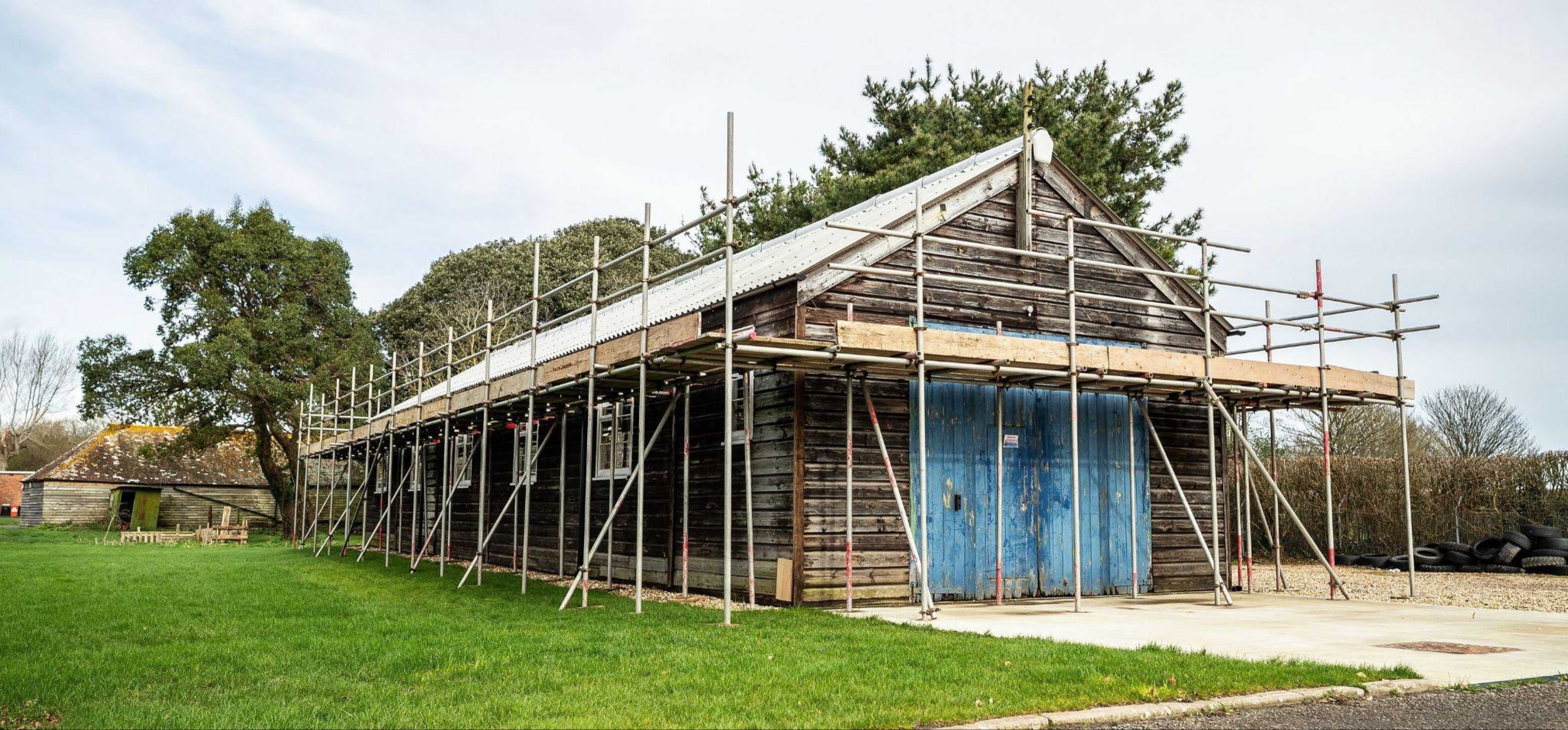
Scaffolding around the Tyrrell shed, which was renovated at Goodwood
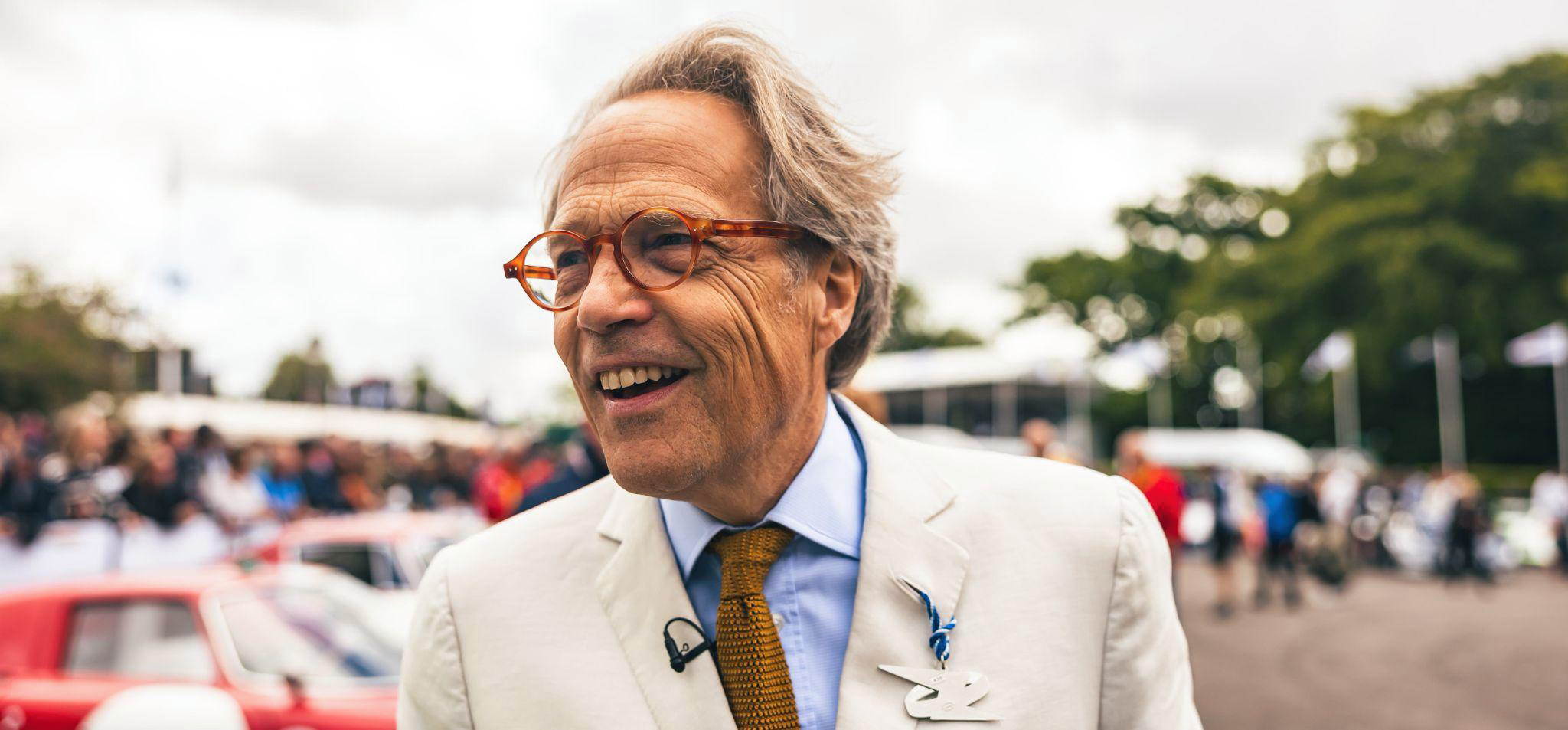
Lord March says the shed could be used as a space to inspire and educate students in STEM fields
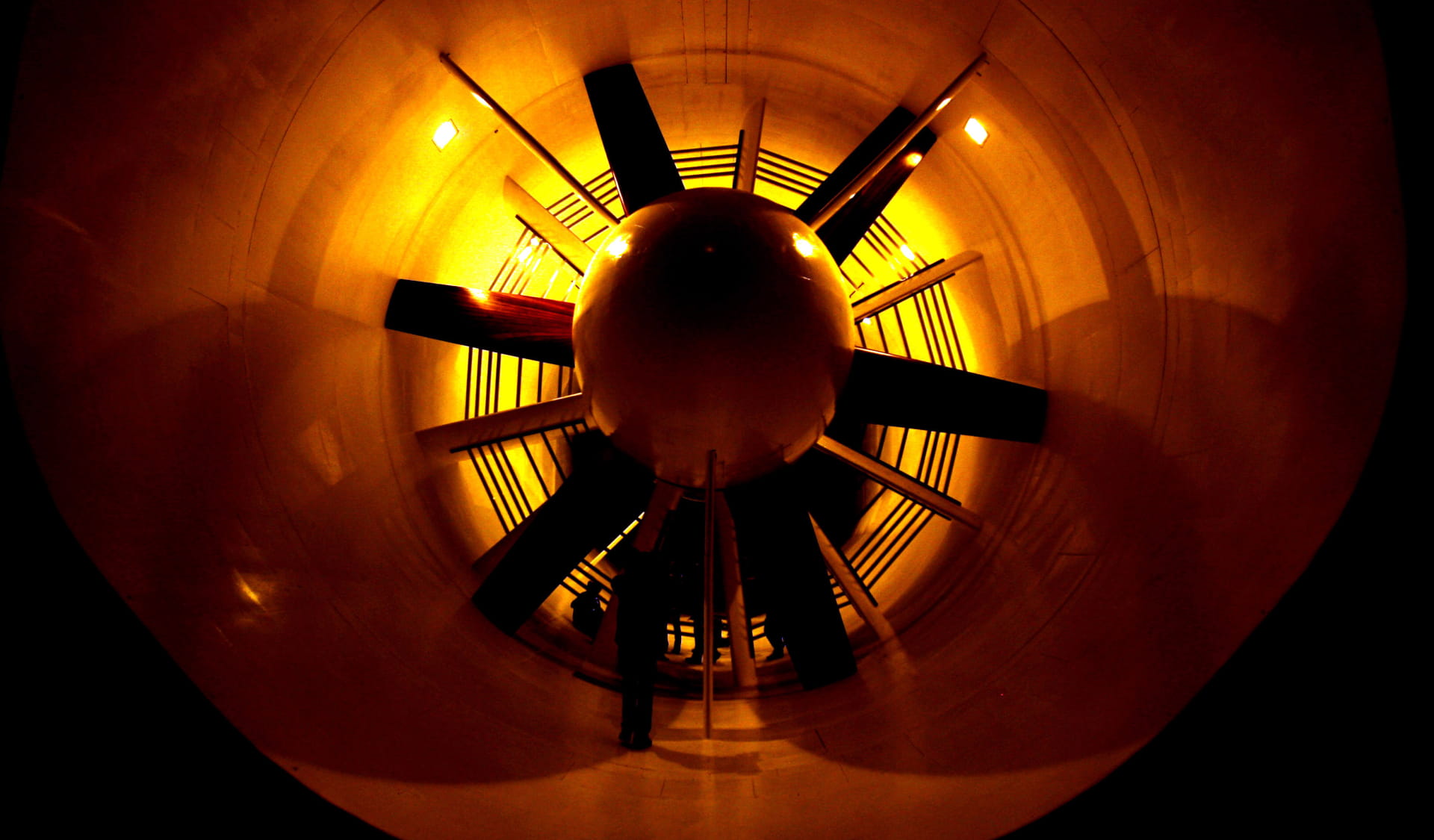
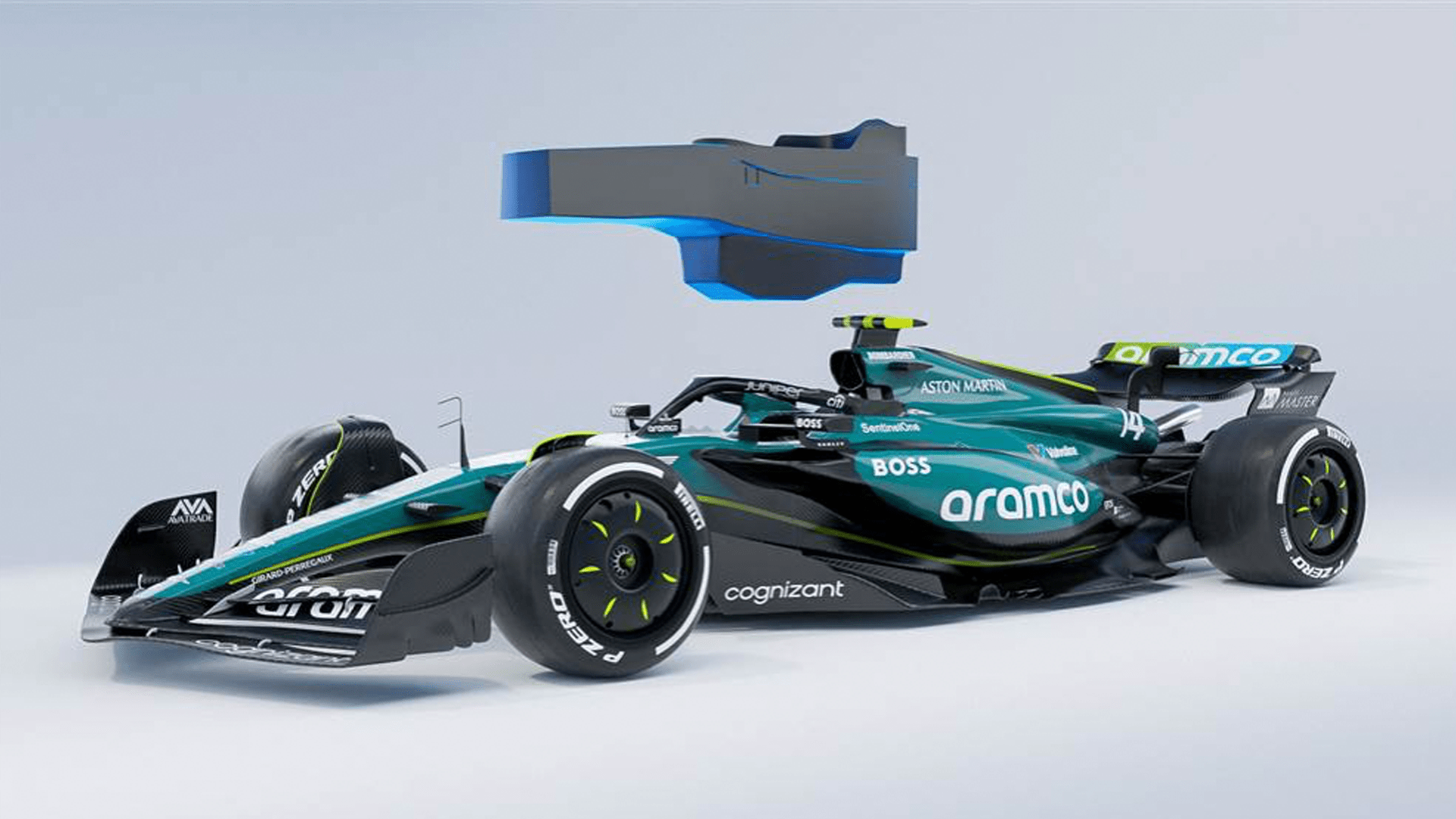
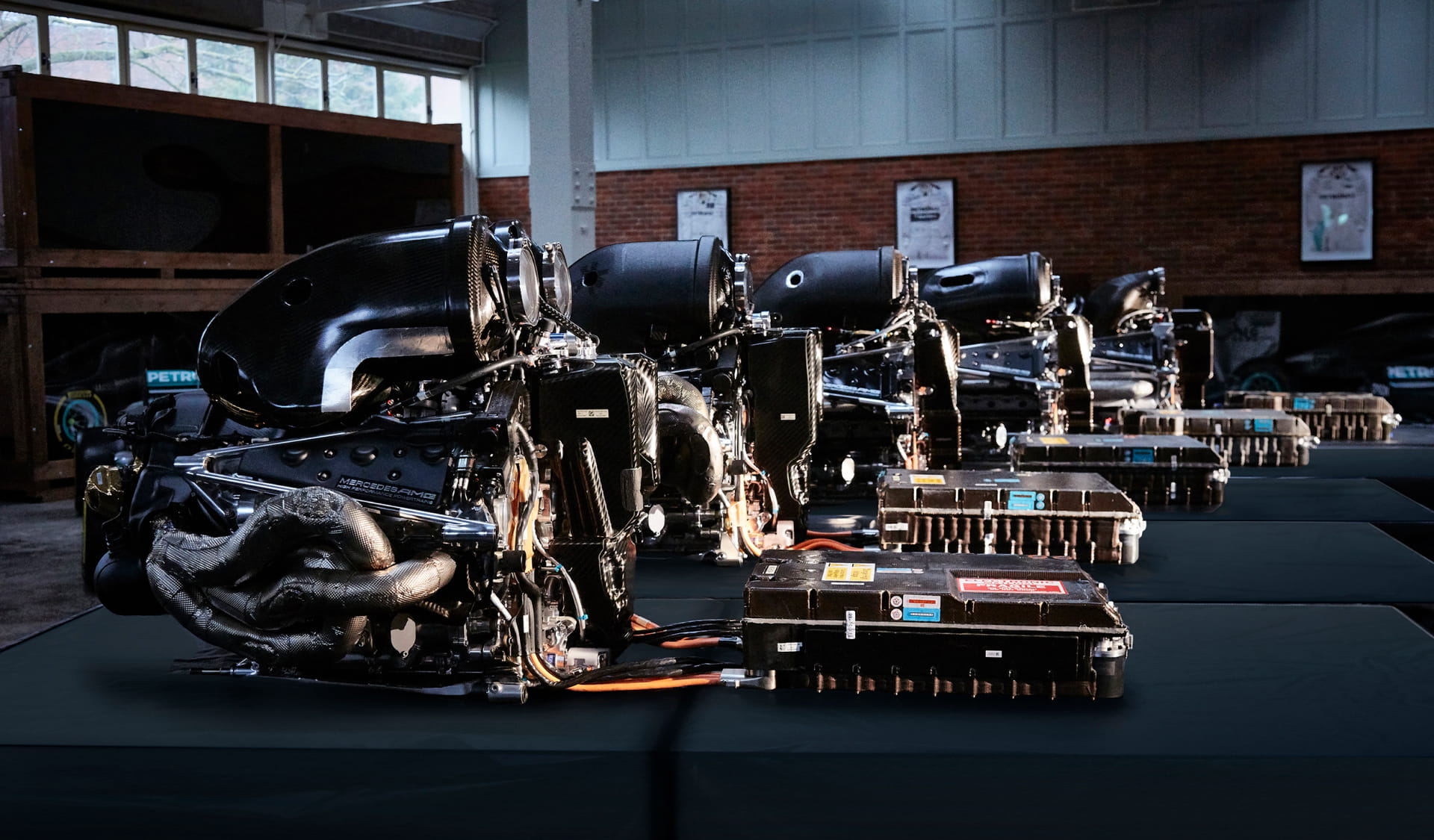
/si202407110440_hires_jpeg_24bit_rgb-(1).jpg?cx=0.5&cy=0.5)
.jpg?cx=0.5&cy=0.5)
/xpb_1300472_hires-(1).jpg?cx=0.52&cy=0.57)